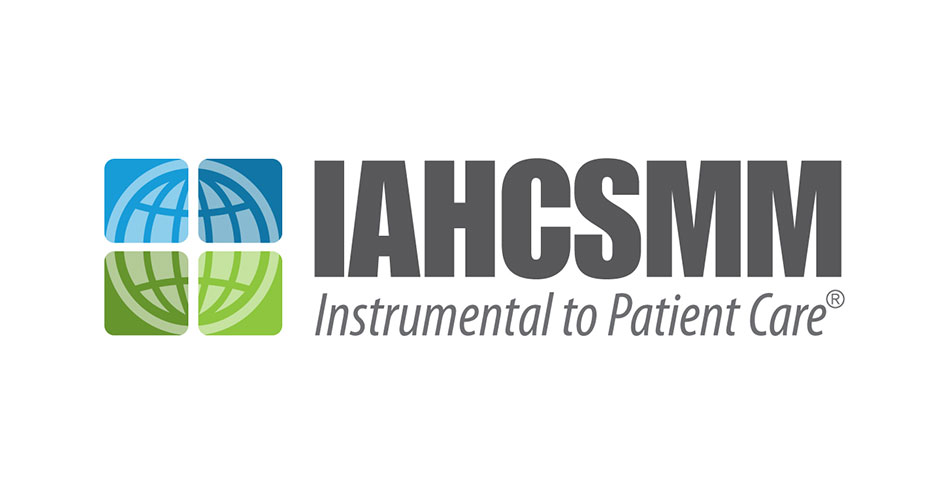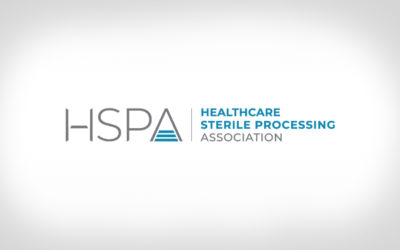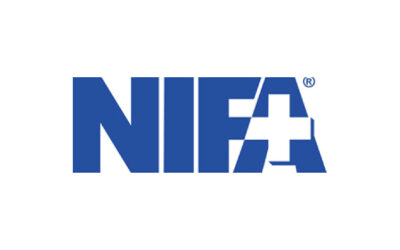 By Susan Klacik
By Susan Klacik
The primary objective of sterilization packaging is to maintain the sterile integrity of the packaged contents until they are used. Many factors influence this outcome and the Association of periOperative Registered Nurses’ (AORN’s) newly updated “Guideline for Sterilization Packaging Systems” addresses all the activities related to sterilization packaging.
AORN assessed peer-reviewed literature published in English from January 2013 until December 2018. The articles were evaluated and appraised for the quality of the evidence. Through this rigorous review, the AORN’s “Guideline on Sterilization Packaging Systems” was updated. This article will highlight some of the key changes to this guideline.
Packaging begins with the pre-purchase evaluation of a packaging system. The guideline provides a listing of considerations such as:
- Product quality assurance testing results;
- Compatibility with the intended sterilization method(s) and cycles used within the facility;
- Requirements for cleaning according to the instructions for use (IFU) (e.g., laundry for textiles, equipment for cleaning rigid containers);
- Requirements for tracking use; and
- Method for tracking use.
The previous version of the guideline contained a statement regarding the environmental consideration of packaging systems. Being a patient advocate is not limited to just the surgical procedure; human health also depends upon the environment and it is important that the environment is protected. The new guideline recommends selecting an environmentally preferable sterilization packaging system, if the systems are equivalent in performance.
Continuing the environmental sustainability theme is the criteria for evaluating the sterilization packaging for the environmental impact (this includes the packaging reusability and disposal).
Compatibility with a sterilization process is always a consideration. This updated guideline includes the packaging for sterilization using hydrogen-peroxide combined with ozone, which has recently been introduced in the U.S.
Preparation and packaging
The updated guideline recommends that packaging for sterilization be performed in an area intended, designed and equipped for sterilization packaging activities, such as the packaging area of the sterile processing department (SPD). Users are advised to verify that instruments and other medical devices have been cleaned, inspected and assembled according to the manufacturer’s IFU prior to packaging.
The use of colored or tinted tip protectors is recommended for sharp items to protect instrumentation from damage and to protect personnel. Colored or tinted tip protectors make it easier for personnel to see, which is important on a sterile field. Clear tip protectors are difficult to see and can pose a risk for a retained surgical item.
As instrumentation is handled during preparation, there is a concern of transferring what is on the hands of the assembler to the instrumentation. Research has shown that contaminants, oils and soils transferred to instruments from the hands of personnel can compromise sterilization. This research resulted in recommending that personnel who perform inspection, assembly and packaging of reusable surgical instruments perform hand hygiene within the hour or wear clean gloves to perform these tasks. AORN recommends performing hand hygiene before handling instruments and medical devices for sterilization.
The practice of packaging loaned instrumentation is also addressed in the guideline. AORN recommends obtaining the sterilization packaging information for loaned instrument sets from the vendor that provides the instrumentation.
Research shows benefits of standardizing sterilization packaging processes in regard to efficiency and the prevention of errors (e.g., missing or wrong items in a set). Organizing accessories can help users implement standardized procedures.
Count sheets, shelf life and packaging integrity
Some facilities struggle with how to include count sheets in a package and this, too, is addressed in the guideline. Each health care organization will need to determine if count sheets may be placed in trays. During this review, it is important to consider the limited research regarding the safety of subjecting toners, inks and various papers to any sterilization method. Chemicals used in the manufacturing of paper, toners and inks pose a theoretical risk of reaction in some sensitized individuals. One research study concluded that the label and toner ink transferred during sterilization was not cytotoxic; however, further study is needed to incorporate a larger sample, various sterilization methods, and instruments of a variety of compositions.
The shelf life of sterile packages is no longer included in the “Guideline on Sterilization Packaging Systems,” since it is included in the “Guideline for Sterilization,” which still supports event-related sterility.
Checking IFU for the products used for sterilization is a key principal of sterilization and packaging. The updated guideline now includes what to look for in the IFU when selecting a single-use, nonwoven sterilization wrapper. Not all single-use, nonwoven packaging systems are validated for all sterilization methods and cycles. In addition, the IFU can provide information for the correct use and maintenance.
Holes in a wrapper can allow microbes to enter a sterilized package and contaminate it. To prevent holes from occurring, the guideline includes the use of corner protectors for wrapped trays. The guideline reminds the reader to check the IFU of the corner protector manufacturer for information regarding the type of validated sterilization method.
Recommendations for the placement of peel packaging in the sterilizer has been removed from the guideline. Users should follow guidance from the manufacturer’s IFU for specific instructions on loading the sterilizer.
There are two new recommendations for rigid containers. It is now recommended that users establish and implement a schedule for routine rigid sterilization container inspection, maintenance and repair. Also, new factors have been added regarding what to look for in the container’s IFU that provides information on their correct use. The following is a brief example:
- Instructions for inspection and routine maintenance;
- Recommended types and placement of instruments and other medical devices; and
- The most challenging location within the package for placement of internal chemical indicators (CIs) and internal biological indicators (BIs).
The complete guideline is available for purchase on the AORN website at www.aorn.org.
Susan Klacik, BS, CRCST, CHL, CIS, ACE, FCS, is an IAHCSMM Clinical Director.










